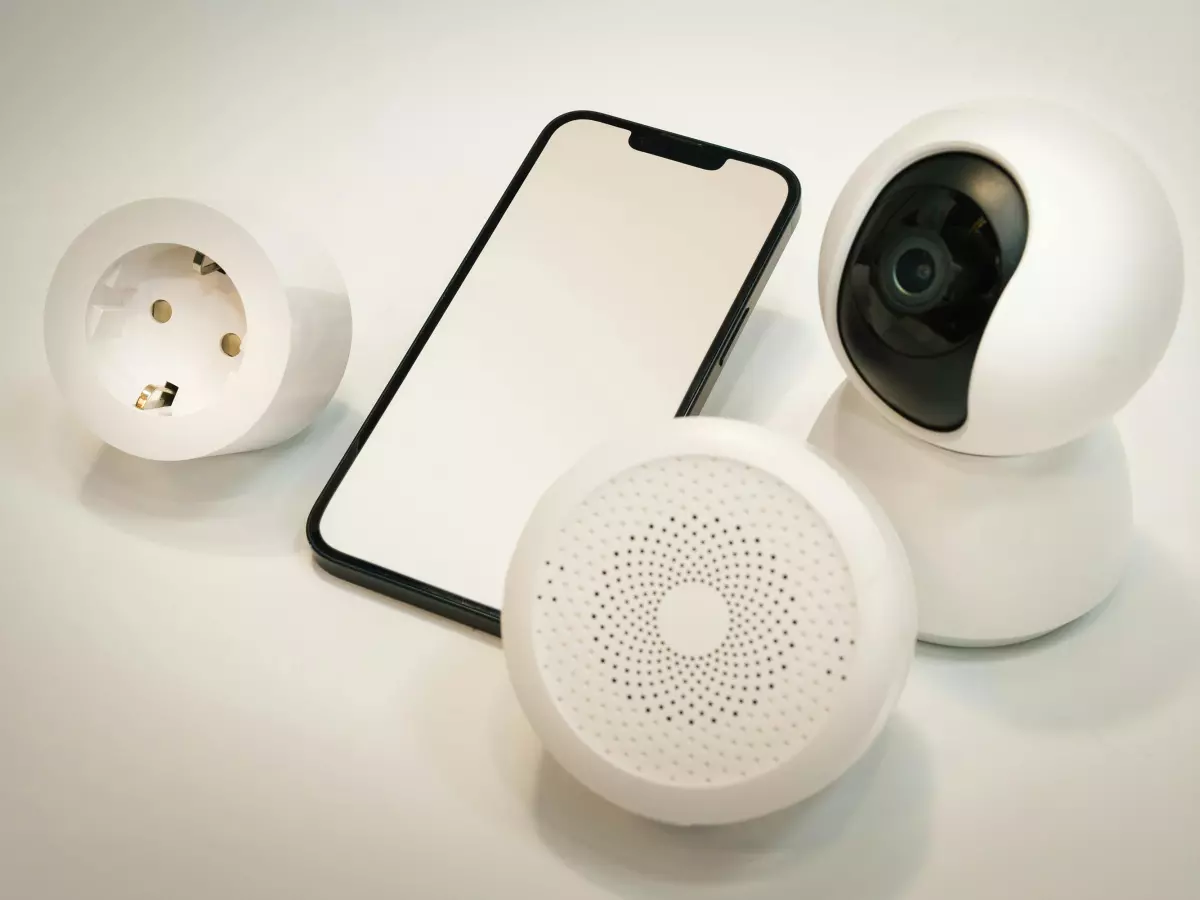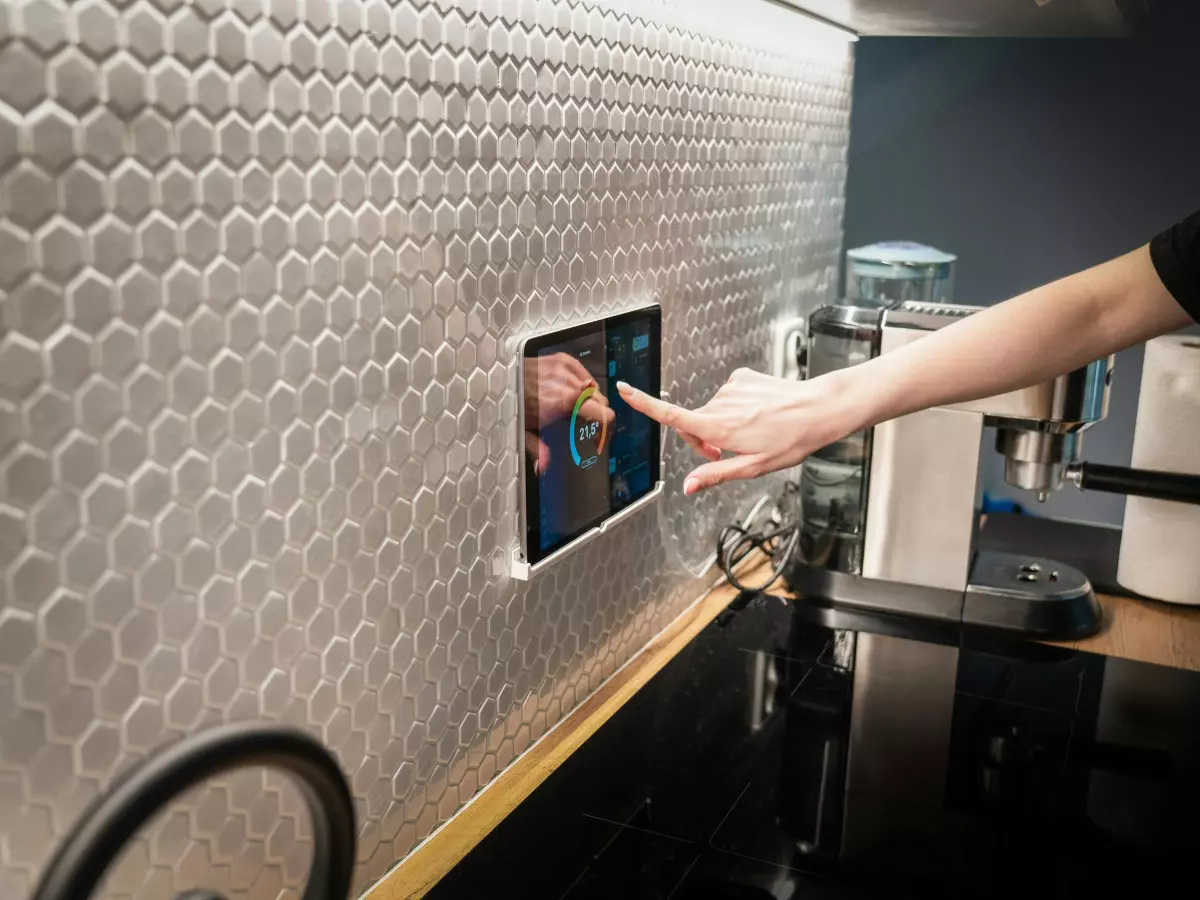Encryption Wars
Did you know that 80% of smart home devices lack strong encryption, leaving them vulnerable to cyberattacks? Yeah, that’s a real stat, and it’s terrifying.

By Tomás Oliveira
Let’s rewind to a typical Saturday morning. You’re sipping your coffee, and your smart thermostat is adjusting the temperature while your smart fridge orders groceries. Life is good. But what if I told you that your smart home devices are quietly fighting a war? Not against each other, but against hackers, and the battlefield is encryption.
Encryption is the process of converting data into a code to prevent unauthorized access. It’s like sending a secret message that only the intended recipient can read. But here’s the kicker: not all smart home devices are equipped with strong encryption. Some are using outdated or weak protocols, and that’s where things get dicey.
The Encryption Struggle
Smart home devices are designed to make life easier, but they also open the door to potential security risks. Every time your smart lock, thermostat, or camera communicates with your home network, data is being transmitted. If that data isn’t properly encrypted, it’s like leaving your front door wide open for cybercriminals.
Let’s break it down. There are two main types of encryption: symmetric and asymmetric. Symmetric encryption uses the same key for both encryption and decryption, while asymmetric encryption uses two different keys—a public key for encryption and a private key for decryption. Sounds simple, right? But here’s the catch: many smart home devices are still using weak symmetric encryption, which can be easily cracked by hackers.
For example, some devices rely on outdated protocols like WPA2, which has known vulnerabilities. Others use proprietary encryption methods that haven’t been thoroughly tested or standardized. This creates a patchwork of security levels across your smart home, with some devices being more secure than others.
Protocols to the Rescue?
So, what’s the solution? Enter the heavy hitters: AES (Advanced Encryption Standard) and TLS (Transport Layer Security). AES is the gold standard for symmetric encryption, while TLS is widely used for securing communications over the internet. Both of these protocols offer strong encryption, but not all smart home devices are using them.
The problem is that implementing strong encryption requires more processing power, which can be a challenge for low-power devices like smart sensors or light bulbs. These devices are often designed to be energy-efficient, and adding robust encryption can drain their batteries faster. It’s a classic trade-off between security and performance.
However, some manufacturers are starting to adopt more secure protocols like WPA3, which offers better protection against brute-force attacks. Others are turning to encryption at the hardware level, embedding security directly into the device’s chipset. This approach not only improves security but also reduces the processing burden on the device.
Interoperability vs. Security
Another challenge in the encryption battle is interoperability. Smart home devices from different manufacturers often use different communication protocols, such as Zigbee, Z-Wave, or Wi-Fi. While these protocols have their own security features, they don’t always play nicely together. This can create gaps in encryption, especially when devices from different ecosystems need to communicate.
For example, a smart lock that uses Zigbee might not be able to securely communicate with a smart hub that uses Wi-Fi. In these cases, the data might be transmitted in an unencrypted format, leaving it vulnerable to interception. This is why it’s crucial for manufacturers to adopt standardized encryption protocols that work across different platforms.
The Future of Smart Home Encryption
So, where do we go from here? The future of smart home encryption lies in a combination of stronger protocols, hardware-based security, and better interoperability. As more devices enter the market, manufacturers will need to prioritize encryption to protect users from cyber threats.
We’re already seeing progress with initiatives like Matter, a new smart home standard that aims to improve interoperability and security across devices. Matter uses AES encryption and requires all devices to support secure communication, which could be a game-changer for the industry.
But until these standards become widespread, it’s up to you, the user, to take control of your smart home’s security. Make sure your devices are using the latest encryption protocols, and don’t be afraid to ask manufacturers about their security practices. After all, it’s your home on the line.
As the encryption wars rage on, one thing is clear: the devices that prioritize security will be the ones that win the battle for your trust.





